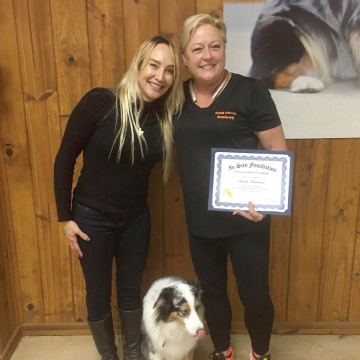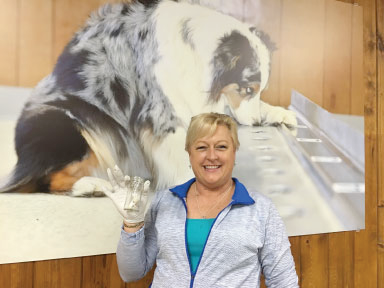Cancer Sniffing Dogs
Good Canine Academy is currently seeking additional collaboration with
Universities, Hospitals, Medical Practices, Doctors, Nurses and/or Scientists.
HERE ARE THE FACTS from the National Cancer Institute (NCI)
• No tumor marker identified to date is sufficiently sensitive or specific to be used on its own to screen for cancer
• Of all breast cancers detected by screening mammograms, up to 54% are estimated to be results of over diagnosis (false positive).
• 50% of women screened annually for 10 years in the United States will experience a false positive, or whom 7% to 17% will have biopsies.
• Up to 46% with invasive cancer will have negative mammograms, especially if they are young, have dense breast, [13,14] or have mucinous, lobular or rapidly growing cancers. – this means that if you have the really bad, fast growing cancer, it’s 46% likely to be missed altogether by a mammogram.
• Annual mammograms in woman aged 40-80 years may cause up to one breast cancer per 1,000 women” – so mammograms are actually causing some cancers.
• The Prostate Cancer Prevention Trial, which biopsied men with normal PSA levels, estimated a negative predictive value of 85% for a PSA value. – In English, the PSA test gives around 85% false positives.
• Dogs have shown in hundreds of published studies and in published medical journals, to be consistently accurate in both sensitivity and specificity at detecting prostate, breast, ovarian, colorectal, melanoma, lung and many other types of cancers.
In other words, dogs ARE detecting cancer at 98-100% with no false positives.


